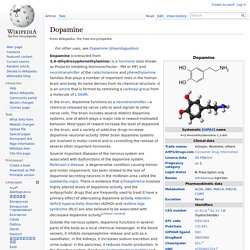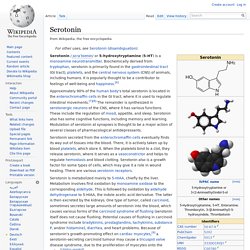Zoom
Trash

Love. Love. For information about showing love on Wikipedia, see WP:LOVE and WP:♥.

Love in its various forms acts as a major facilitator of interpersonal relationships and, owing to its central psychological importance, is one of the most common themes in the creative arts.[8] Love may be understood as a function to keep human beings together against menaces and to facilitate the continuation of the species.[9] Definitions The word "love" can have a variety of related but distinct meanings in different contexts. Many other languages use multiple words to express some of the different concepts that in English are denoted as "love"; one example is the plurality of Greek words for "love" which includes agape and eros.[10] Cultural differences in conceptualizing love thus doubly impede the establishment of a universal definition.[11] How Love Works" The Romantic Syndrome: A Neuropsychological Perspective. The Romantic Syndrome: A Neuropsychological Perspective.

Isabel Jaén 1. Romanticism and emotional distress Emotional unbalance is responsible for major literary attitudes, such as the one adopted by the romantic literary movement. Let us begin by defining this artistic trend. The present paper deals with literature and we all know that literature consists of pretending to experience some of the emotions and attitudes described before. 2. As Joseph LeDoux reminds us, the mammalian system is basically emotional (3). Neurobiologically speaking, three main systems seem to be involved in emotion (5): the amygdala, which receives inputs from the association cortex of the temporal lobe, the frontal cortex, the limbic system, and the olfactory system; the orbitofrontal cortex, whose inputs come from the other regions of the frontal lobes, temporal pole, amygdala, and limbic system; and the cingulate gyrus, and projects to the limbic system and the frontal cortex. 3. 4. 5. 6. 7.
. (11) Jeannete M. Love. Norepinephrine. Medically it is used in those with severe hypotension.

It does this by increasing vascular tone (tension of vascular smooth muscle) through α-adrenergic receptor activation. Areas of the body that produce or are affected by norepinephrine are described as noradrenergic. The terms noradrenaline (from the Latin) and norepinephrine (from the Greek) are interchangeable, with noradrenaline being the common name in most parts of the world. However the U.S. National Library of Medicine[3] has promoted norepinephrine as the favored name. Dopamine. Dopamine (contracted from 3,4-dihydroxyphenethylamine) is a hormone (also known as Prolactin Inhibiting Hormone/Factor - PIH or PIF) and neurotransmitter of the catecholamine and phenethylamine families that plays a number of important roles in the human brain and body.

Its name derives from its chemical structure: it is an amine that is formed by removing a carboxyl group from a molecule of L-DOPA. In the brain, dopamine functions as a neurotransmitter—a chemical released by nerve cells to send signals to other nerve cells. The brain includes several distinct dopamine systems, one of which plays a major role in reward-motivated behavior.
Most types of reward increase the level of dopamine in the brain, and a variety of addictive drugs increase dopamine neuronal activity. Other brain dopamine systems are involved in motor control and in controlling the release of several other important hormones. Serotonin. Serotonin /ˌsɛrəˈtoʊnɨn/ or 5-hydroxytryptamine (5-HT) is a monoamine neurotransmitter.

Biochemically derived from tryptophan, serotonin is primarily found in the gastrointestinal tract (GI tract), platelets, and the central nervous system (CNS) of animals, including humans. It is popularly thought to be a contributor to feelings of well-being and happiness.[6] Serotonin secreted from the enterochromaffin cells eventually finds its way out of tissues into the blood. There, it is actively taken up by blood platelets, which store it. When the platelets bind to a clot, they release serotonin, where it serves as a vasoconstrictor and helps to regulate hemostasis and blood clotting. In addition to animals, serotonin is found in fungi and plants.[10] Serotonin's presence in insect venoms and plant spines serves to cause pain, which is a side-effect of serotonin injection.
Functions[edit] Receptors[edit] Gauge of food availability (appetite)[edit] Effects of food content[edit]